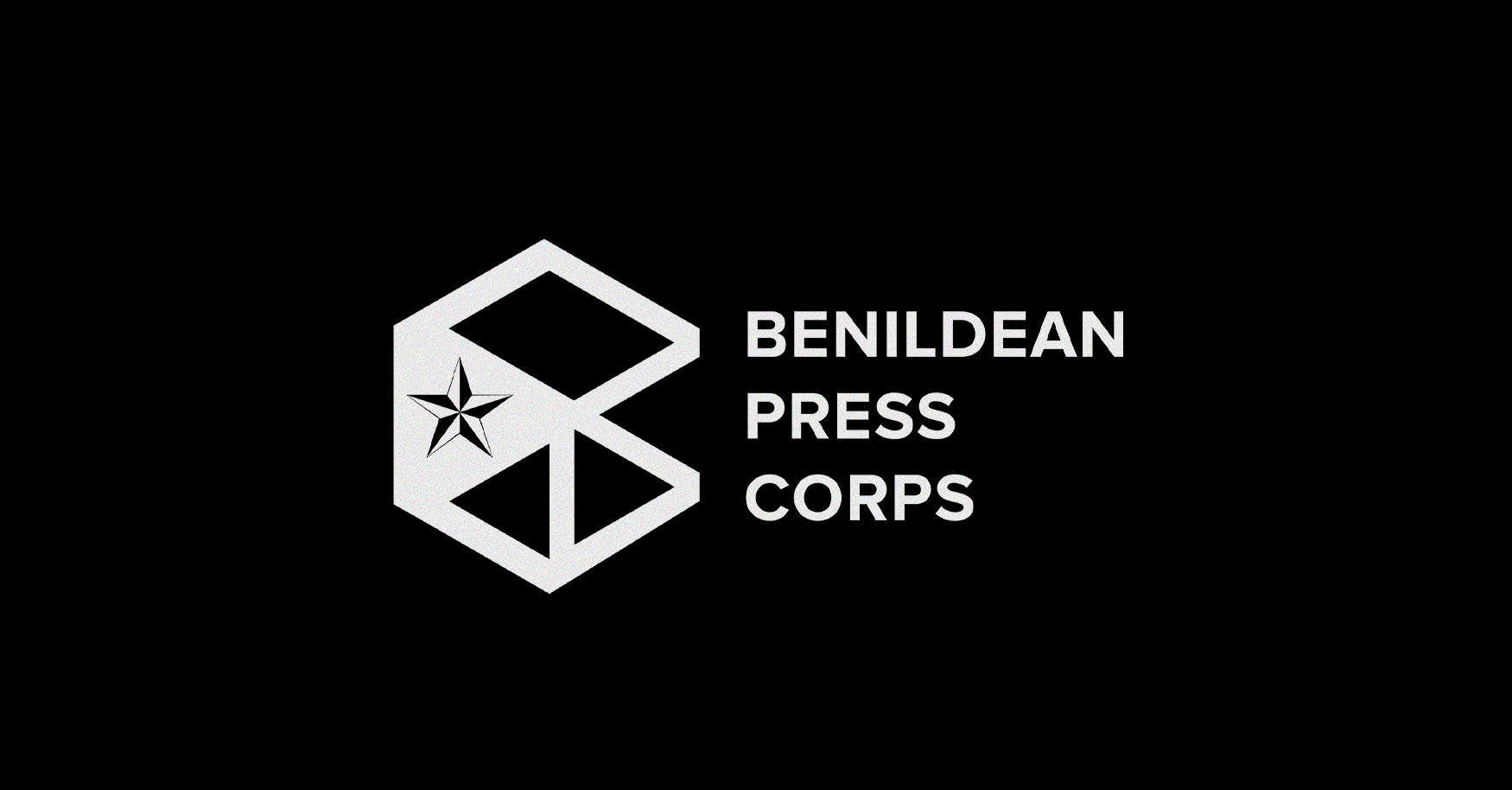It’s constantly around, haunting our dreams and shaping our lives. Day after day, we’re exposed to television shows, billboard advertisements, and other forms of mass media. These elements enslave us and force us to subconsciously believe in things that, from the outside, seem appealing, but in reality are slowly destroying us. At this rate, it wouldn’t be surprising to one day find us all turned into robots. With all this mind control going astray, it’s about time someone knocked some sense into us.
Last February 6 at approximately 5:30 p.m., art enthusiasts from different backgrounds gave life to the usually quiet Dominga Street, where the newly inaugurated entrance of the College’s Museum of Contemporary Art and Design (MCAD) was located. The people weren’t lining up for the entrance, though—they were there for the exhibit opening of American artist Paul Pfeiffer‘s Vitruvian Figure.
Running until April 16, Pfeiffer’s first solo show in Asia is something you wouldn’t want to miss. The exhibit features his profound skills as a sculptor, photographer, and video artist, all of which is incorporated to work towards one theme—the often overlooked connection between mass media and human beings. Upon entering the museum, the first thing you’ll notice is how the room is divided into three parts.
Closest to the new entrance is a tribute to nature, what with works such as the breathtaking photographic masterpiece, “24 Landscapes”, where Marilyn Monroe has been erased from various film stills, thereby making the audience focus instead on the stunning backgrounds. The video work, “Empire”, which shows a colony of wasps building a nest over a span of three months, is equally stunning, albeit in a different way. The bug documentary is a subtle representation of our lives, wherein each day more or less consists of the same pattern.
At the far end of the room, you’ll discover works that can be classified as architectural. “Fragment of a Crucifixion (After Francis Bacon)”, for instance, is a muted film that depicts basketball player Larry Johnson stripped of shirt labels and no longer surrounded by his teammates. This forces the viewers to pay special attention to his emotions. As the cameras flash around Johnson and the arena spectators cheer him on, his facial and bodily expressions turn into those of pain and agony. At this point, it seems as though the arena has turned into an inhumane spectacle, serving as a social commentary on how situations like this can become very prisonlike. The message becomes even more powerful the moment you realize how the projector used to screen the five-second film is much larger than the actual film itself.
Finally, on the second floor, you’ll find video and aural presentations that’ll make you question yourself and the world you’re surrounded by. In the ten-minute video loop entitled “Boomerang”, Pfeiffer takes inspiration from the 1974 video recording of the same name, where artist Nancy Holt speaks with her words echoed back to her. In Pfeiffer’s work, he films a group of high school students reciting Holt’s lines, digitally altering the audio to produce the same delay effect found in the original recording. The effect is trippy and makes you focus on the students’ lip movements rather than on the words being said, reminding people of how important speech truly is.
As you may now have noticed, Pfeiffer is fond of altering pre-existing forms of media. He does so with unmatched intricacy and attention to detail, making him stand out from other found footage artists of his genre. He serves as an inspiration not only for other artists, but for everyone else as well. The way he deals with art should also be how people deal with life, where you must make it a habit to question things, no matter how established they might seem. Don’t be afraid to delete, revise, or add to the elements around you. Only by doing so will you be able to unveil the truth behind the lies and murder them for good.


